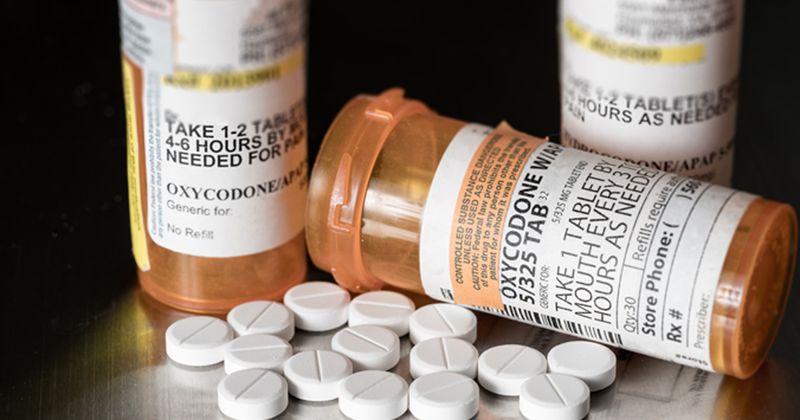Prediction model identifies knee replacement recipients at risk for opioid misuse
A novel predictive model appeared to identify patients who may progress into persistent high-dose opioid use and dependence following total knee replacement, according to data presented at the EULAR 2020 E-Congress.
“Patients undergoing total knee replacement are often prescribed opioids before and after surgery for pain relief,” Chandrasekar Gopalakrishnan, MD, MPH, from the Brigham and Women’s Hospital and Harvard Medical School, said during his session. “However, in a prior study of older Medicare enrollees with osteoarthritis, we found that nearly 60% had used opioids at least once in the year prior to a TKR, and 7% had continuously used an opioid, having received at least one fill for 12 consecutive months.”

He added, “These continuous users of opioids were at high risk for poor outcomes after their surgery and had a twofold increased risk for TKR revision and a fivefold increased risk for opioid overdose.”
To examine common predictors of persistent high-dose opioid use following TKR, Gopalakrishnan and colleagues used U.S. Medicare claims to identify patients aged 65 years or older who underwent a TKR, with no history of cancer or high-dose opioid use (>25 mean morphine equivalents (MME)/day) in the year prior (n = 142,089).
To ascertain opioid filling patterns, patients were followed for up to 360 days after surgery. The investigators modeled 12 monthly indicators of opioid prescription fills as a continuous variable in group-based trajectory models, designating patients into four separate groups: persistent high-dose opioid use in Groups 3 (medium-term, high-dose; 38.8 MME/day) and 4 (long-term, high-dose; 22.4 MME/day) vs. low-dose opioid use in Groups 1 (short-term, low-dose) and 2 (long-term, low-dose).
Splitting the data into training (2010-2013 data) and test (2014 data) sets, Gopalakrishnan and colleagues used logistic regression to predict high-dose opioid use vs. low-dose opioid use, employing preoperative patient characteristics as candidate predictors using the least absolute shrinkage and selection operator regression for variable selection.
“Interestingly, the preoperative characteristics of persistent high-dose users in Group 4 was quite different, especially compared to short-term low-dose users in Group 1,” Gopalakrishnan said. “Patients were younger, more likely to be female, had more comorbidities, more likely to be frail and had much higher baseline opioid use.”
According to the results, the researchers predicted the probability of persistent high-dose opioid use (n = 17,171) (vs. low-dose opioid use) in the training set (n = 101,810) for an AUC of 0.8. The AUC in the test set (n = 40,279) predicting high opioid use (n = 5,893) was 0.77. Among the 33 patient variables, baseline history of opioid use represented the strongest predictor of high-dose persistent opioid use.
“In this cohort of more than 140,000 older patients undergoing TKR, 10.6% became persistent high-dose opioids users in the year after,” Gopalakrishnan said. “Our prediction model developed using Medicare claims with 10 readily available clinical factors may help identify patients at high risk of future adverse outcomes from persistent opioid use and dependence after TKR.”

